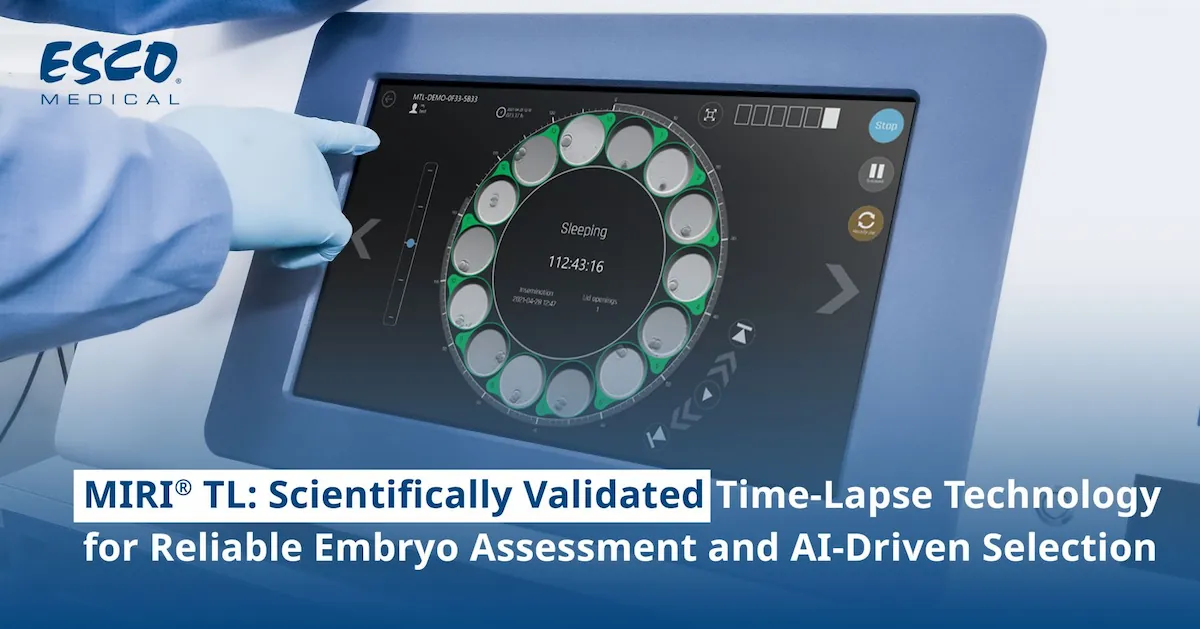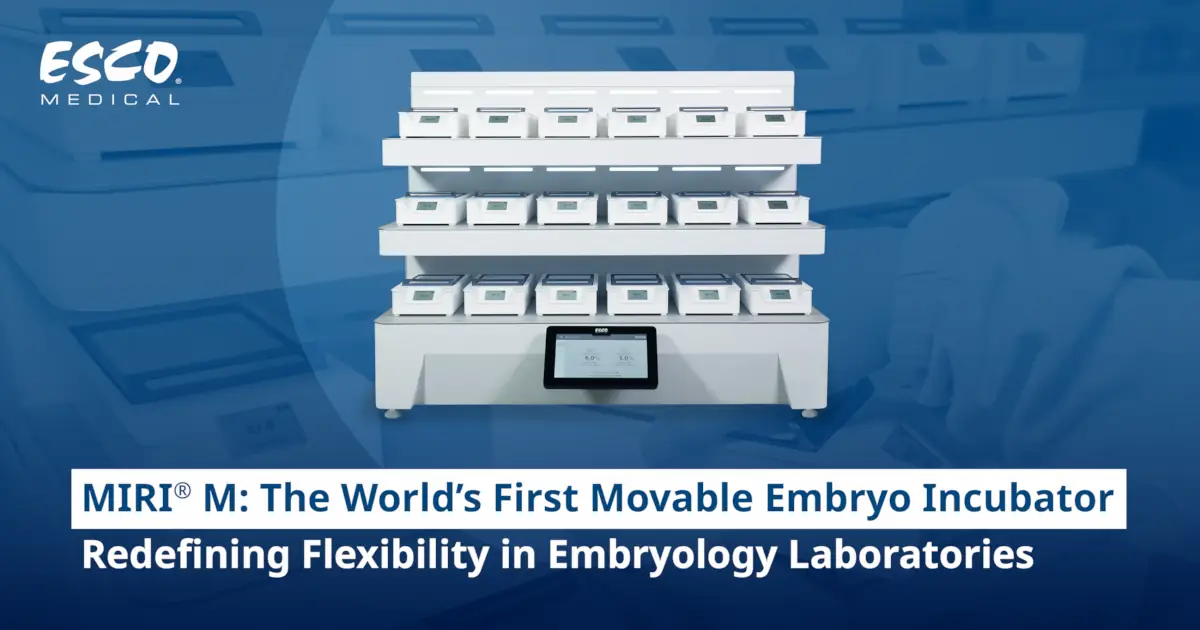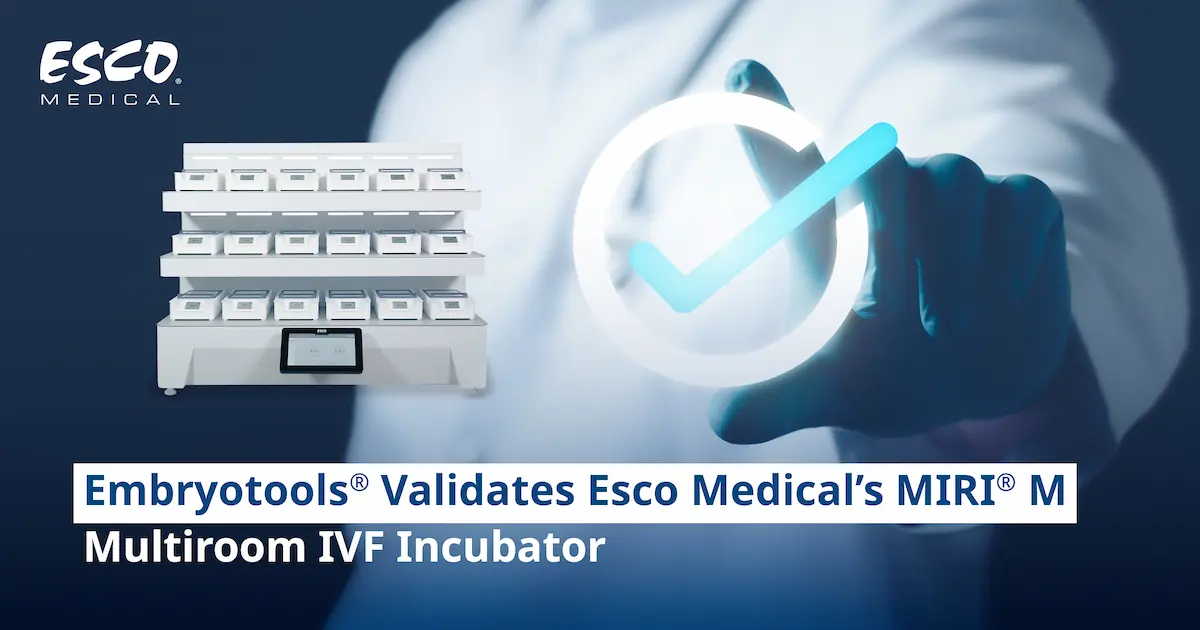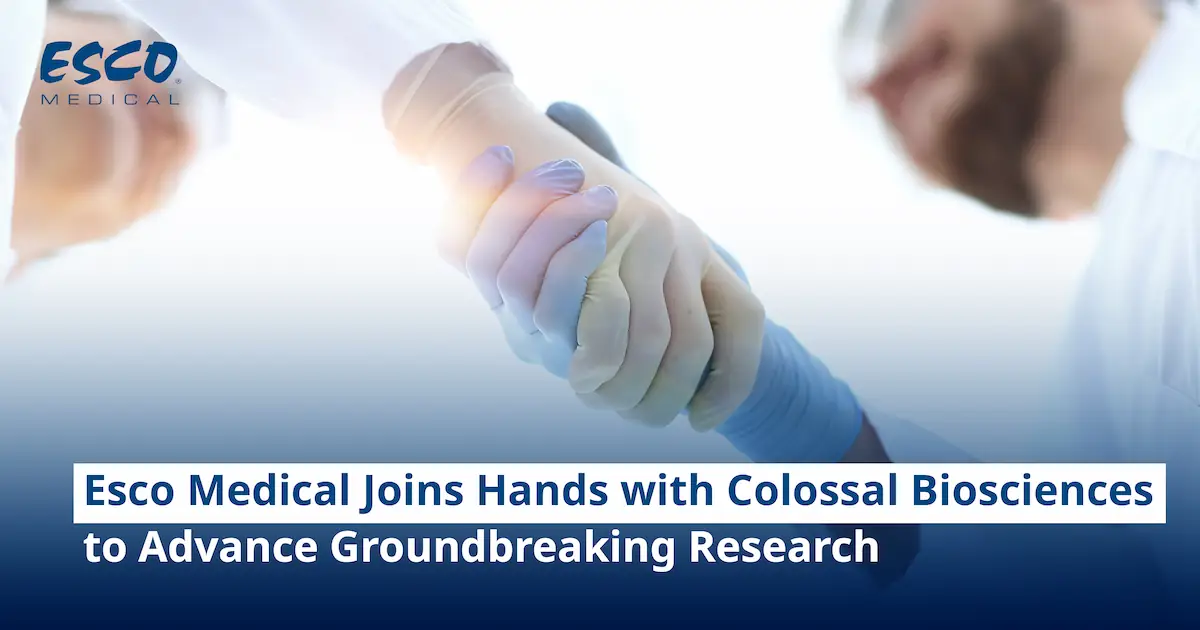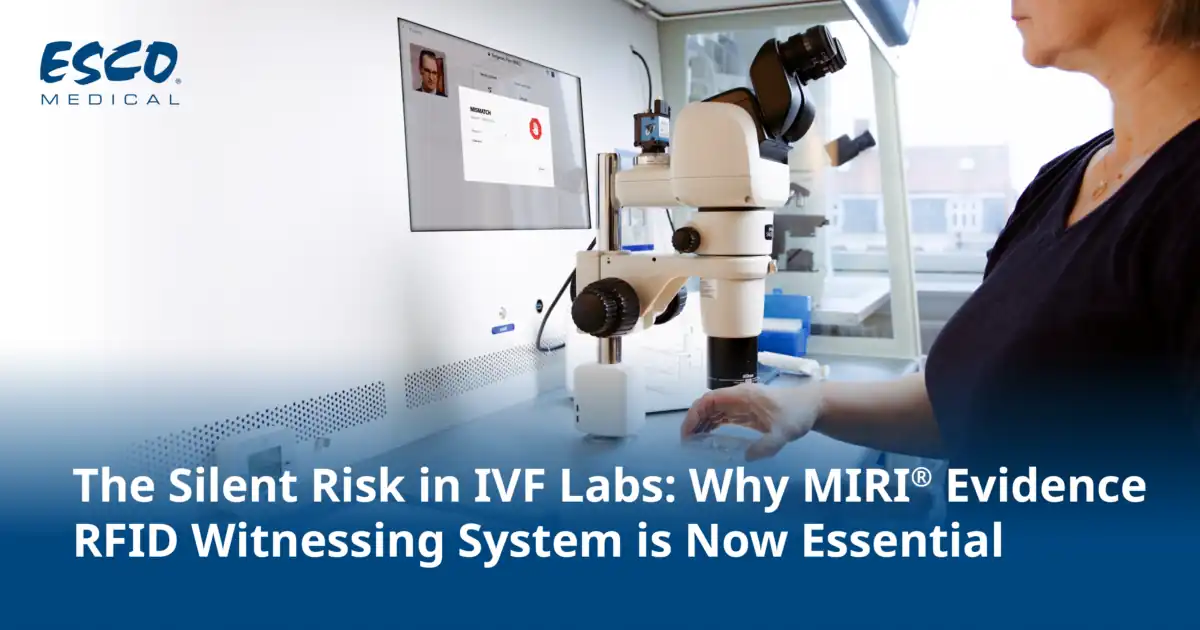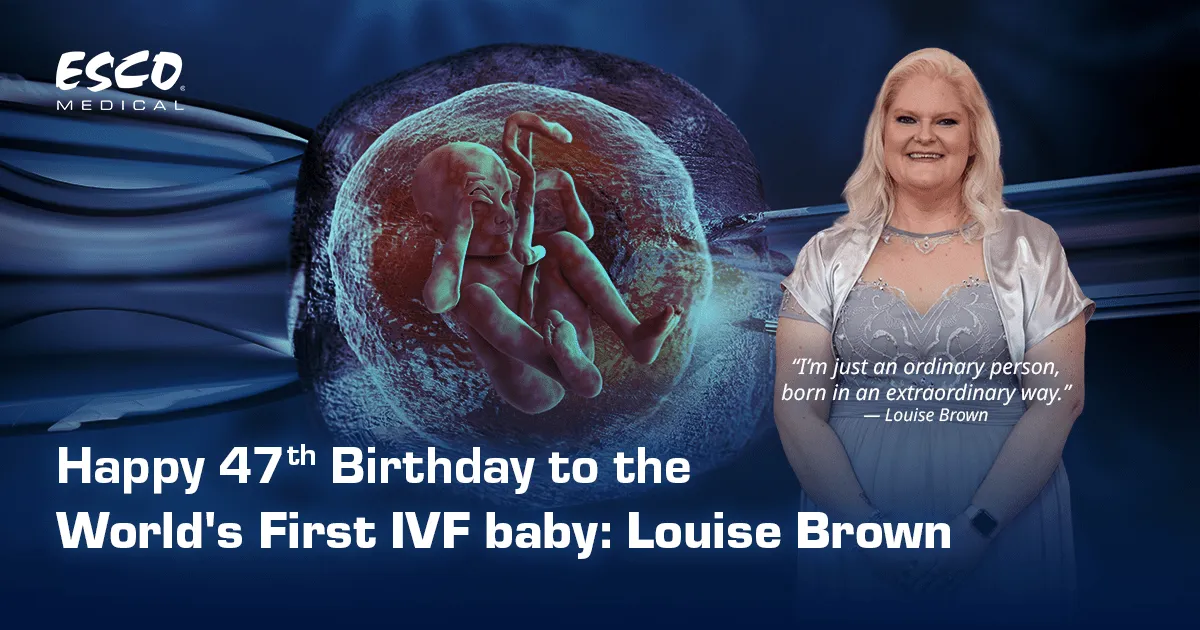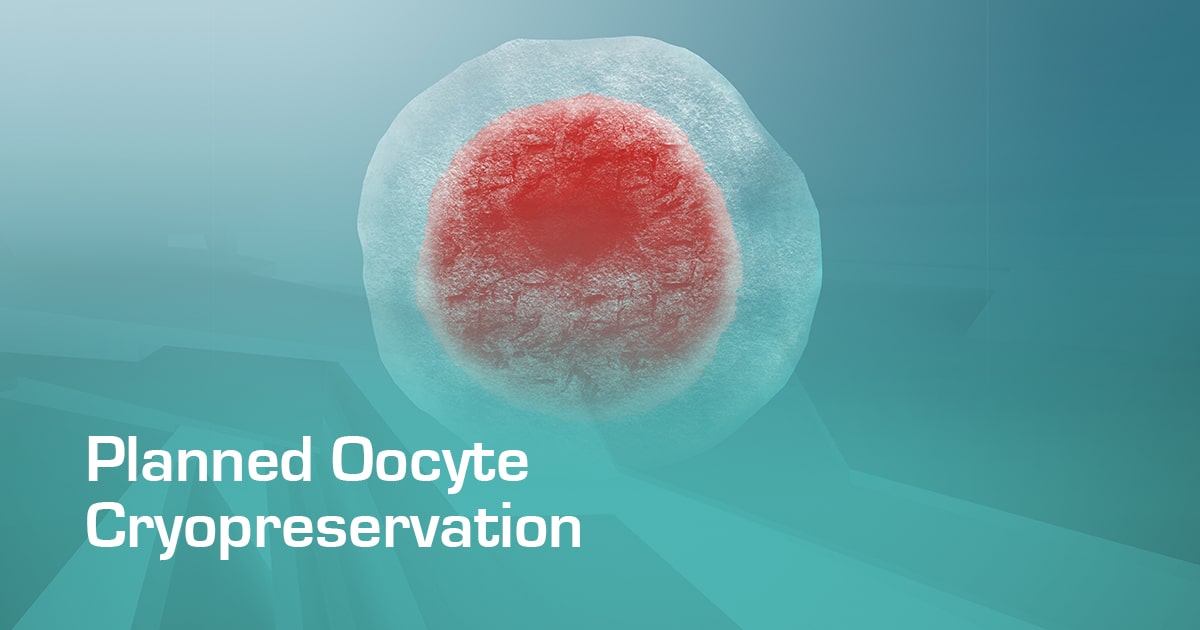
Oocyte Cryopreservation: Present Outlook and Prospects for the Future.
Despite a general decline in the overall birth rate in the United States, there has been an upswing in the birth rate among women aged 35 to 45 years over the past three decades. This decision to postpone pregnancy is a deeply personal choice, often associated with aspirations for career progress, the absence of a suitable partner, or a sense of unreadiness for parenthood. Oocyte cryopreservation is gaining popularity as an option, offering individuals the chance to delay pregnancy while improving the prospects of conceiving in the future.
Traditionally, the practice of oocyte cryopreservation has been limited to specific patients with medical reasons, including those undergoing therapies that harm the ovaries, like chemotherapy, individuals dealing with conditions like endometriosis or genetic factors affecting fertility, and those seeking fertility preservation in the context of gender-affirming treatments and surgeries. Following the decision by the American Society for Reproductive Medicine in 2013 to remove its experimental designation, there has been a significant surge of 400% in the demand for oocyte cryopreservation. Moreover, the proportion of patients under the age of 35 who are choosing to undergo cryopreservation has risen from 25% in 2012 to 35% in 2022. This trend is predicted to continue as numerous companies adopt insurance coverage for this procedure as part of their employee recruitment strategies. Even though the literature on outcomes related to pregnancies conceived through cryopreservation has not yet kept up with this heightened demand, medical practitioners should be ready to guide patients contemplating planned oocyte cryopreservation.
Navigating Oocyte Cryopreservation: A Journey through Folliculogenesis and Procedure.
The process of folliculogenesis is a continuous and stochastic series of stages, progressing from primordial to primary, secondary, preantral, and antral stages. Up to the preantral/antral stages, follicular growth occurs independently of gonadotropins, after which it relies on follicle-stimulating hormone (FSH) and luteinizing hormone (LH). During a typical menstrual cycle, approximately 10 antral follicles initiate growth, depending on gonadotropins. However, declining FSH levels during the follicular phase limit the time it remains above a critical threshold, ultimately favoring the growth of a single follicle. Generally, only the follicle with the highest sensitivity to FSH continues to develop and eventually ovulate. Primordial follicles, initially arrested in prophase I and known as a germinal vesicle (GV) oocytes, attain meiotic competence just before ovulation. Following the LH surge, the oocyte progresses to metaphase II of meiosis and arrests at this stage; full meiotic completion occurs only upon fertilization.
Regardless of the indication, the procedure of oocyte cryopreservation follows a relatively straightforward path. encompassing several key steps: controlled ovarian stimulation (COS) → oocyte retrieval → cryopreservation of mature oocytes (as only mature oocytes can be fertilized). Administering exogenous gonadotropins during COS through daily injections effectively extends the period within which the FSH threshold is significant, allowing for the development of multiple follicles. Various ovulation induction regimens/protocols exist to induce ovarian stimulation, although a more comprehensive analysis of COS is beyond the scope of this review. Patients generally require 7–12 days of ovarian stimulation, during which their progress is monitored periodically using transvaginal ultrasonography and serum hormone levels. Typically, once 1–2 follicles measure >18 mm, follicle maturation is "triggered" using medications that imitate the natural LH surge. Oocyte retrieval takes place approximately 36 hours after the trigger medication to maximize oocyte maturity while minimizing the risk of spontaneous ovulation. This outpatient procedure, lasting less than 30 minutes, involves needle aspiration of ovarian follicle contents guided by transvaginal ultrasonography. Within the collected fluid, oocytes are isolated and chosen for cryopreservation by embryologists. The entire process can generally be completed within two weeks. For patients able to delay gonadotoxic treatment for about 4 weeks, a Duo Stimulate protocol, initiating a second oocyte cryopreservation cycle shortly after the first retrieval, can enhance the number of mature eggs frozen.
Complications associated with ovarian stimulation encompass ovarian hyperstimulation syndrome (OHSS), adnexal torsion, and thromboembolism. OHSS involves a shift of fluids from blood vessels to other spaces due to increased vascular permeability. Human chorionic gonadotropin (hCG), often used as a trigger medication, plays a role in OHSS by releasing substances like vascular endothelial growth factor (VEGF). Symptoms range from mild abdominal distension and nausea to severe stages with ascites, hemoconcentration, thromboembolism, and even sepsis. Mild OHSS can occur in 20% of IVF cycles, while moderate and severe forms are less common at <5%. High AMH (>3.3 ng/mL) indicates a risk, and measures like metformin, cabergoline, or GnRH agonist may be taken. Other risk factors include high AFC, elevated estradiol levels, polycystic ovary syndrome, low BMI, and high oocyte retrieval counts (≥24). Adnexal torsion and thromboembolism risks increase with OHSS but remain low at <0.2%.
Oocyte retrieval is generally safe, with major bleeding, infection, or injury occurring in <1% of cases. Over 24,000 oocyte retrievals from a single centre showed a 0.76% complication rate, with hemoperitoneum (0.23%) as the most common, followed by pelvic pain and anaesthesia issue (both 0.06%), infections (0.04%), and vaginal wall bleeding (0.01%).
Due to their high-water content, oocytes are vulnerable to damage during freezing. Initially, slow freezing had drawbacks, but vitrification (rapid cooling to -196°C) improved survival rates, enabling outcomes similar to freshly retrieved oocytes. This process made oocyte cryopreservation viable for fertility preservation.
While thaw survival rates of mature metaphase-II (MII), immature metaphase-I (MI), and immature GV oocytes are similar, MII oocytes are preferred due to the reduced reproductive capacity of immature oocytes needing in vitro maturation (IVM) post-warming before intracytoplasmic sperm injection (ICSI). IVM before vitrification showed higher maturation rates (46% vs. 23.8% in Fasano et al. (2012) and 70.4% vs. 50.8% in Cao et al. (2009)). Delayed MI–MII-oocytes have lower fertilization and blastocyst formation rates, but similar live birth rates compared to MII-oocytes at retrieval.
The optimal age and number of oocytes for elective egg freezing: Considerations and recommendations.
Oocyte cryopreservation has evolved, and its success is influenced by various factors such as patient age at freezing, indication, total number of frozen oocytes, and the cryopreservation method used. Age at the time of freezing is a critical factor, with a general principle of "the younger, the better." Research by Doyle et al. suggests that the efficiency of live births per thawed oocyte decreases with increasing age: 7.4% for <30 years, 7.0% for 30–34 years, 6.5% for 35–37 years, and 5.2% for ≥38 years. However, freezing at a very young age might result in oocytes that are less likely to be used in the future, leading to potential drawbacks like needing more retrieval cycles, increased burden on the patient, and a need to freeze a higher number of lower-quality oocytes for comparable success rates. Thus, there's a balance to be struck between potential benefits and cost-effectiveness. Nagy et al. found significantly higher live birth rates at <35 years compared to 35 years in Planned OC. A model-based study suggests that the ideal age for elective egg freezing might be 32–37 years, while it might be recommended at a younger age for patients with diminished ovarian reserve or at risk of Premature Ovarian Insufficiency (POI).
The number of mature (Metaphase-II) oocytes frozen is another crucial factor. The recommended number for optimal success varies with age. Freezing too few limits success, while freezing too many leads to unnecessary expenses and other concerns. Recommendations include cryopreserving 15–20 mature oocytes for women <38 years (70%–80% chance of at least one live birth) and 25–30 mature oocytes for those over 38 years (65%–75% chance of at least one live birth).
Concerns about the duration of oocyte freezing's impact on pregnancy outcomes have arisen. Research by Whiteley et al. in 2021 indicated that the duration of oocyte freezing doesn't adversely affect live birth rates from thawed oocytes. The Human Fertilisation and Embryology Authority permits the storage of frozen oocytes for 10 years, extendable under special circumstances.
Conclusion
In conclusion, oocyte cryopreservation, or egg freezing, has emerged as a valuable and increasingly popular option for fertility preservation, particularly in the context of onco-fertility. This technique not only offers practicality and convenience but also empowers individuals by granting them greater control over their reproductive choices as they navigate personal and professional commitments while considering the natural decline in fertility associated with age.
Simultaneously, In Vitro Fertilization (IVF) represents a complex series of procedures designed to assist individuals in achieving conception. It involves the fertilization of human eggs with sperm within specialized laboratory environments. Esco Medical plays a pivotal role in supporting these intricate procedures, providing cutting-edge equipment such as long-term embryo incubators, ART workstations, and time-lapse incubators. Through a commitment to innovation, Esco Medical continues to drive technological advancements, ensuring that the ever-evolving field of IVF can meet the increasing demands and aspirations of individuals and couples worldwide.
